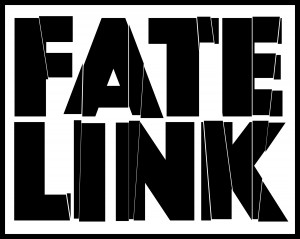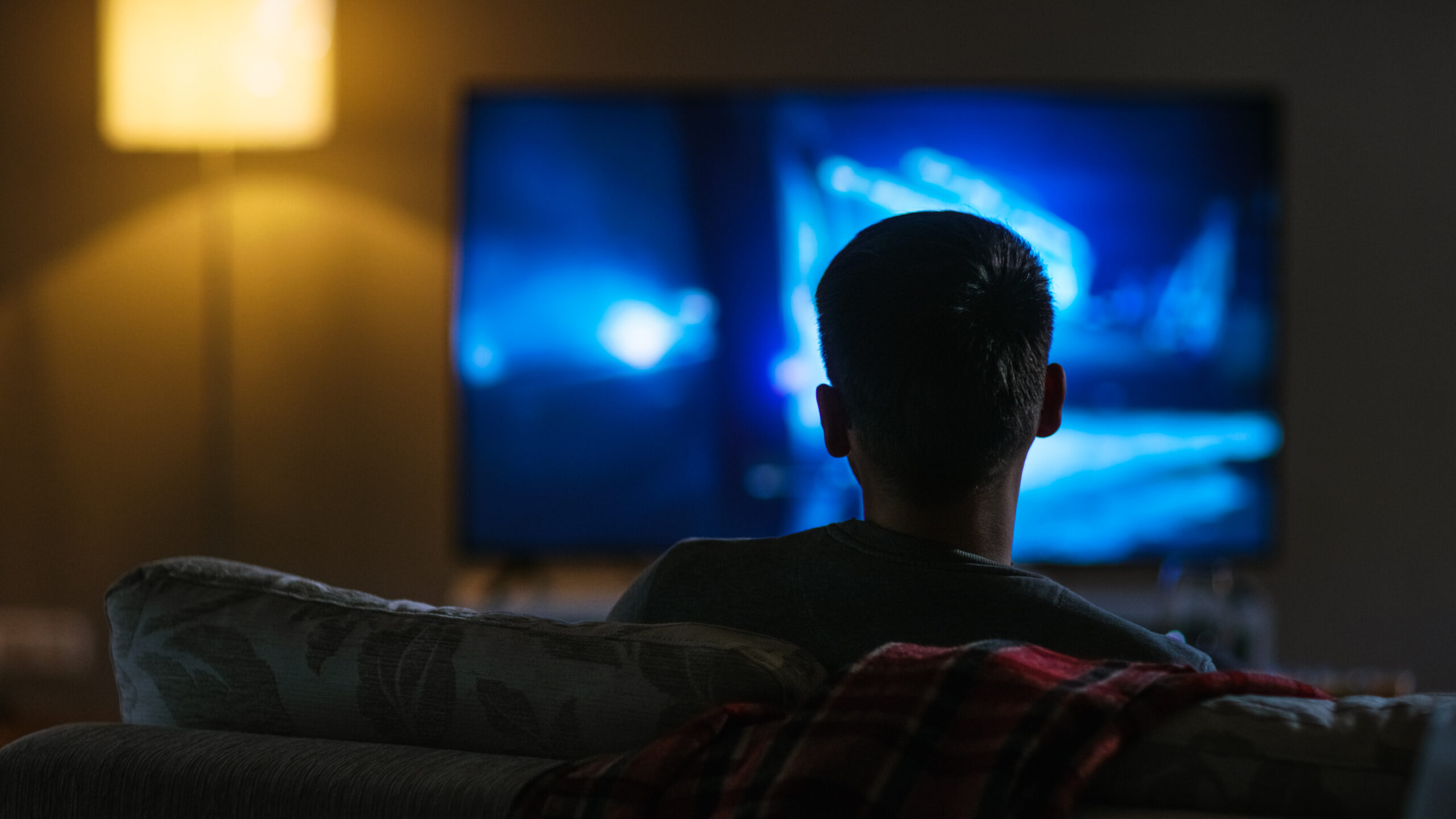Movies are But a Dream
To get the most out of researching a movie, directors should treat films as the equivalent of revelatory dreams.
Let me explain.
For all you vivid dreamers out there, think about the process of analyzing your dreams. First, you write down the dream as a story. Then, you list out the component images in the dream and relate them to dynamics in your own life. If there are new figures in your dream, you explore what complexes, repressed memories or hidden drives may be surfacing. It’s all an exciting code. Cracking it means that you understand yourself – or a difficult situation – that much better.
For filmmakers, watching films is an encounter with someone else’s dream that helps you decode your own. After all, a movie is a dreamlike encounter with the director’s emerging shadow, longing to be integrated. Some of the imagery used in the work of others may resonate or rhyme with the internal dynamics you’re facing. Catching onto the reason why performance, shotmaking, and symbols combine to affect you clues you into the hard wiring of the code filmmakers create and crack each time they step behind a camera. So there’s a duel deep-dive going on: exploring the symbols and landscape of our human nature AND figuring out the ways that movies communicate.
That’s why I encourage others to fully embrace their own subjectivity as they research films, but also push them to use their left-brained capacity for reason to decide, clarify and understand what moments, shots, and performances work the best for them…and why. Forcing yourself to write it down sharpens your insight into yourself at the same time it empowers you to accumulate crucial practical knowledge about how to build a story.
That’s why when watching a film, I force myself to jot down my favorite scene, shot, moment, character, and line of dialogue. They’re clues to the internal conflicts I’m carrying and signposts for how to ladle that inner work into a compelling story for an audience.
While my answers are of limited usefulness to you, you can apply the same method to your own research and you may find new ideas and approaches suited to the types of stories you’re called to tell. Perhaps comparing our answers will challenge your assumptions and encourage you to watch the next film with an even more open mind of the available take-aways.
You can watch samples of how I identify salient elements for the following list of films on our Patreon page, which loom large in my imagination as the new feature develops. Bonus: The “Favorite Shot” category will generate a shortlist of some pretty cool shots to consider for your new project!
Hope you will keep watching, learning the language of film, and making great movies!

